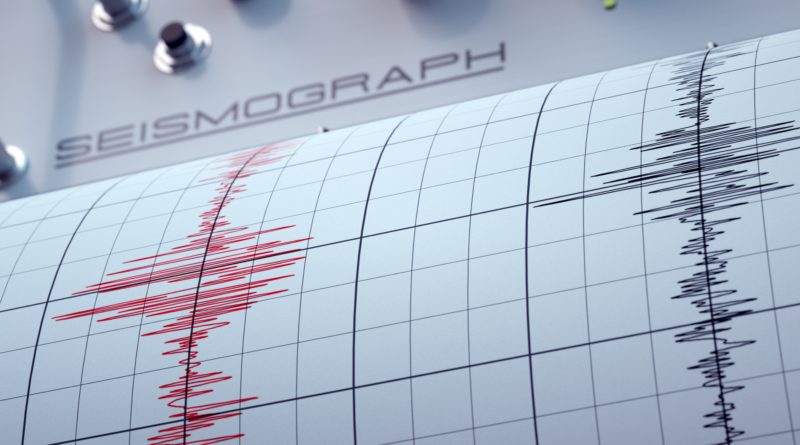An Update on Last Week’s Earthquakes in Haiti
2,851 total views, 1 views today
Due to the country’s dangerous location in the Caribbean, Haiti is affected more by natural disasters and storms than maybe any other country. Earthquakes from the fault lines Haiti sits on are one source of calamity and disaster for the nation, and there seems to be a never-ending stream of them sometimes. Several earthquakes were reported in Haiti last week, so read on below for an update.
How bad were the earthquakes?
While earthquakes might sound like huge disasters that are few and far between, they’re actually far more common than you might think. Earthquakes’ magnitudes are tracked by the United States Geological Survey (USGS) using the Moment Magnitude scale, which gives a more reliable idea of an earthquake’s size than any other scale.
Moment Magnitude measures earthquake magnitude on a scale going from zero to 10.6, with 10.6 being the point where the earth’s crust breaks apart completely. The most intense earthquake in Haiti last week had a magnitude of 3.5, which is somewhat unremarkable. Dozens of earthquakes of this size happen worldwide every day, and they’re typically just barely strong enough for some people to feel them.
Was Haiti the only country affected?
Haiti wasn’t the only country in the Caribbean hit by mild earthquakes last week, and the same earthquakes hit The Bahamas, Dominican Republic, Puerto Rico, and the Turks and Caicos Islands. The largest earthquakes can trigger seismic activities in areas hundreds of miles away, and there have been earthquakes in the past that have severely impacted many Caribbean countries with one blow.
Why does Haiti have earthquakes?
Earthquakes happen at the intersection of tectonic plates, the massive slabs of rock that make up the earth’s crust. A fracture or discontinuity between these plates is known as a fault and can be a very dangerous place. Hispaniola, the island that Haiti and the Dominican Republic share, happens to be right on top of two major faults.
Hispaniola falls right at the intersection of the North American tectonic plate and the Caribbean tectonic plate and is right in between two faults: the Enriquillo-Plantain Garden fault system to the south and the Septentrional fault system to the north.
Recovery from the 2021 earthquakes
While this year’s earthquakes have all been relatively mild, Haiti hasn’t always been so lucky in the past. In fact, last August Haiti was struck by a devastating 7.2 magnitude earthquake. In that earthquake, nearly 13,000 people were injured, and over 2,200 died. More than 130,000 houses, as well as many businesses and important infrastructures, completely collapsed.
An earthquake of that magnitude isn’t easy to recover from, and the country still hasn’t been able to fully heal from it. On top of causing severe personal loss and damage to infrastructure, disasters of this scale tend to encourage people to wreak havoc without penalty. The huge amount of need across the entire country means that emergency forces don’t always have the time or resources to prevent crime.

